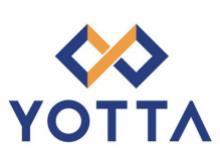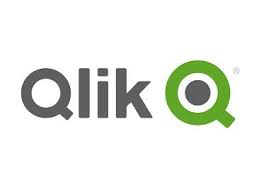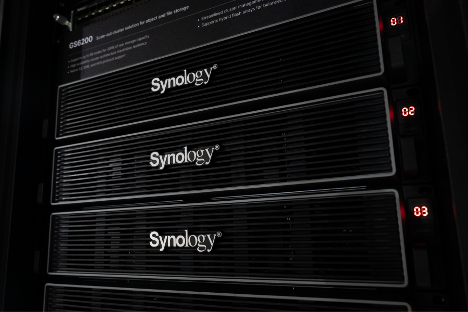NEC launches new AI business strategy with the enhancement and expansion of generative AI
NEC
Corporation has enhanced and expanded the performance of its
lightweight large language model (LLM) and is scheduled to launch it in the
spring of 2024. With this development, NEC is aiming to provide an optimal
environment for the use of generative artificial intelligence (AI) that is
customized for each customer's business and centered on a specialized model
that is based on NEC's industry and business know-how.
These services are expected to dramatically expand
the environment for transforming operations across a wide range of industries,
including healthcare, finance, local governments and manufacturing. Moreover,
NEC will focus on developing specialized models for driving the transformation
of business and promoting the use of generative AI from individual companies to
entire industries through managed application programming interface (API)
services.
NEC has enhanced its LLM by doubling the amount of
high-quality training data and has confirmed that it outperformed a group of
top-class LLMs in Japan and abroad in a comparative evaluation of Japanese
dialogue skills (Rakuda*). Furthermore, the LLM can handle up to 300,000
Japanese characters, which is up to 150 times longer than third-party LLMs,
enabling it to be used for a wide range of operations involving huge volumes of
documents, such as internal and external business manuals.
NEC is also developing a “new architecture"
that will create new AI models by flexibly combining models according to input
data and tasks. Using this architecture, NEC aims to establish a scalable
foundation model that can expand the number of parameters and extend
functionality. Specifically, the model size can be scalable from small to large
without performance degradation, and it is possible to flexibly link with a variety
of AI models, including specialized AI for legal or medical purposes, and
models from other companies and partners. Additionally, its small size and low
power consumption enable to be installed in edge devices. Furthermore, by
combining NEC's world-class image recognition, audio processing, and sensing
technologies, the LLMs can process a variety of real-world events with high
accuracy and autonomy.
In parallel, NEC has also started developing a
large-scale model with 100 billion parameters, much larger than the
conventional 13 billion parameters. Through these efforts, NEC aims to achieve
sales of approximately 50 billion yen over the next three years from its
generative AI-related business.
The development and use of generative AI has
accelerated rapidly in recent years. Companies and public institutions are
examining and verifying business reforms using various LLMs, and the demand for
such reforms is expected to increase in the future. On the other hand, many
challenges remain in its utilization, such as the need for prompt engineering
to accurately instruct AI, security aspects such as information leakage and
vulnerability, and business data coordination during implementation and
operation.






























Leave A Comment